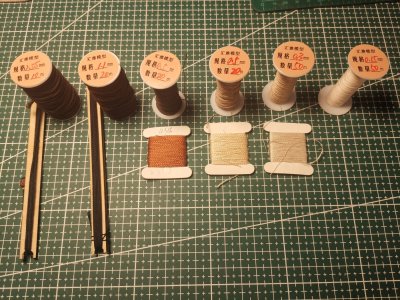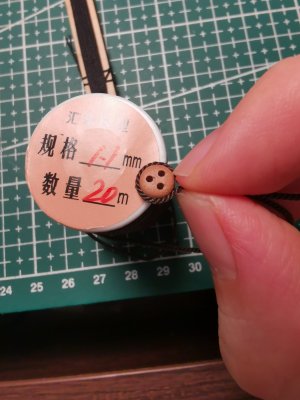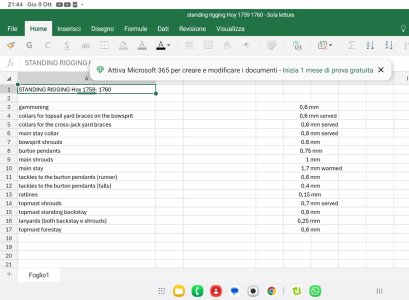- Joined
- Oct 12, 2022
- Messages
- 56
- Points
- 78

Nice work Albert. I also hesitated for quite a while over the deck plank width, but eventually followed the one provided in the kit, which is 4 mm. I saw you referred to the width(around 7mm?) in Antscherl (2018), which looks more comfortable, less “stressful”. I simplified the construction of the main hatch by omitting the some joints.
The kit was designed based on the plan from Maritime Museum in Greenwich. I don’t have Antscherl’s book on hand, so I’m not sure what reference he used as a basis and why the model he built would differ from the kit by 10 mm. But 10mm differ is fine overall. Cheers.
The kit was designed based on the plan from Maritime Museum in Greenwich. I don’t have Antscherl’s book on hand, so I’m not sure what reference he used as a basis and why the model he built would differ from the kit by 10 mm. But 10mm differ is fine overall. Cheers.







